What, you may ask, were we doing in this small town, quite far away from the stomping grounds of Cervantes and Don Quixote we had visited earlier in the week?
As background, here is a short excerpt from the notes written for Piffaro’s “Hidden Treasures” program in the fall of 2014:
“Lerma was the hometown of Don Francisco Gómez de Sandoval, Duke of Lerma and first minister to and a favorite of King Philip III of Spain. This small town lies only a few miles south of the major ecclesiastical center of Burgos in northern Castile, and the Duke’s close liasons with the King gave it, and its collegiate church, more prominence than it otherwise would have garnered.
The Duke’s privileged position with the King, and his own large inherited treasury allowed him to enjoy a life of extensive arts patronage, nurturing many of the great dramatists, painters, architects and musicians from the period we now think of as the Spanish Golden Age, i.e. mid 16th into early 17th centuries. His own hometown of Lerma became one of the principle beneficiaries of this largess. The Duke intended to rebuild his ducal village to be a model of a planned secular and religious community, replete with a magnificent ducal palace, an endowed collegiate church, one monastery and six convents, an extensive garden and orchard in the flood plain of the Arlanza River, a printing shop, and a planned community complete with paved streets and spacious plazas. Those intentions reached fruition, at very high cost to the King’s treasury nonetheless, and nearly all of his plans remain in existence today, much of it still in use and a fitting witness to the Duke’s vast vision.
Construction of the Duke’s rebuilding plans in Lerma began in March of 1601, and by 1607 sufficient progress had been made, especially in the church itself, that the Duke decided to hire ministriles to adorn the services there, bringing four wind players from the royal court in Madrid. Early the following year, however, he engaged two more wind players in his effort to construct a musical establishment of significant note for his collegiate church. Naturally, these instrumentalists needed music to play. Research suggests that a manuscript was brought to the church of San Pedro by one of the latter two wind players engaged. It contained a hand-selected trove of pieces copied out of the vast repertoire of the royal archives in Madrid that would both satisfy the new ministriles and be suitable for them to perform in the festive liturgical occasions in the rejuvenated collegiate church there in Lerma.”
We were there to see first-hand this manuscript whose music we had mined for our program. Arrangements had been made ahead of time with the Padre of the Collegiate Church to view the manuscript. We arrived at the church at the appointed time, but it took a phone call to reach someone who could let us in. The book was in a glass case in the back of the church, and at first the case could not be opened, but eventually the right implement (a philips-head screwdriver!) was procured, and the book was removed and set on a table that we later found out was given to the Duke by the Pope at that time! We were allowed to open it and turn the pages.
It was amazing and breathtaking to be looking at and turning the pages of a book that our wind band predecessors had used five centuries earlier!




